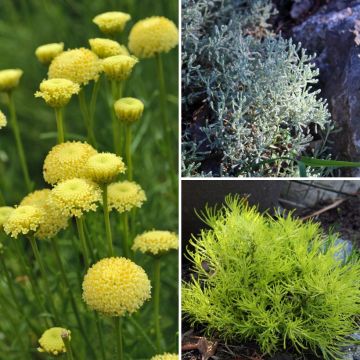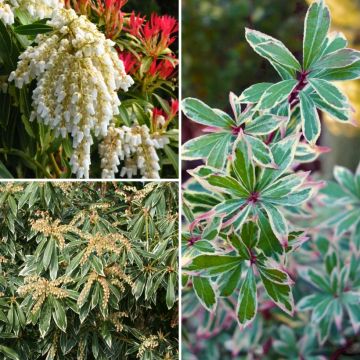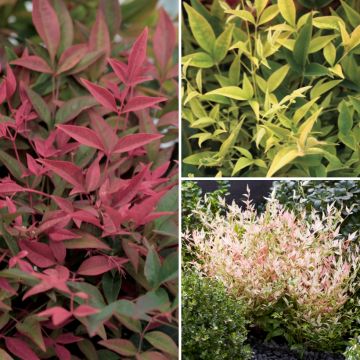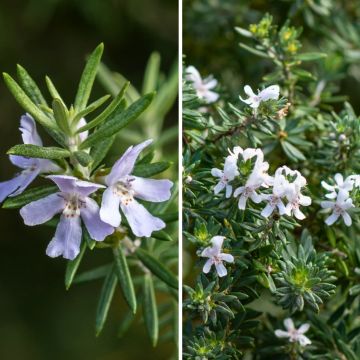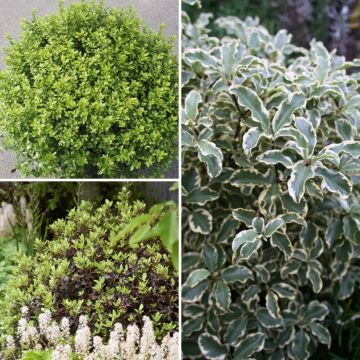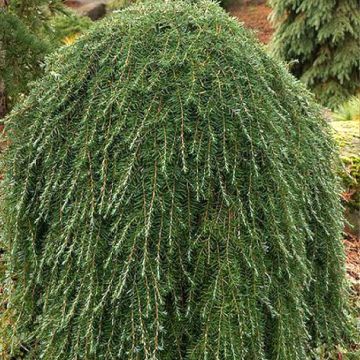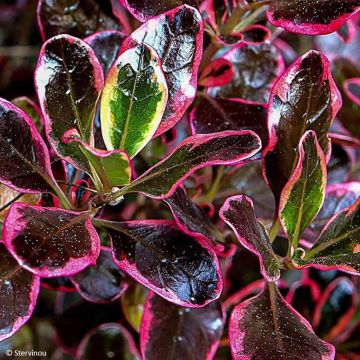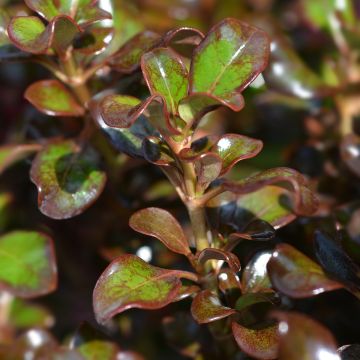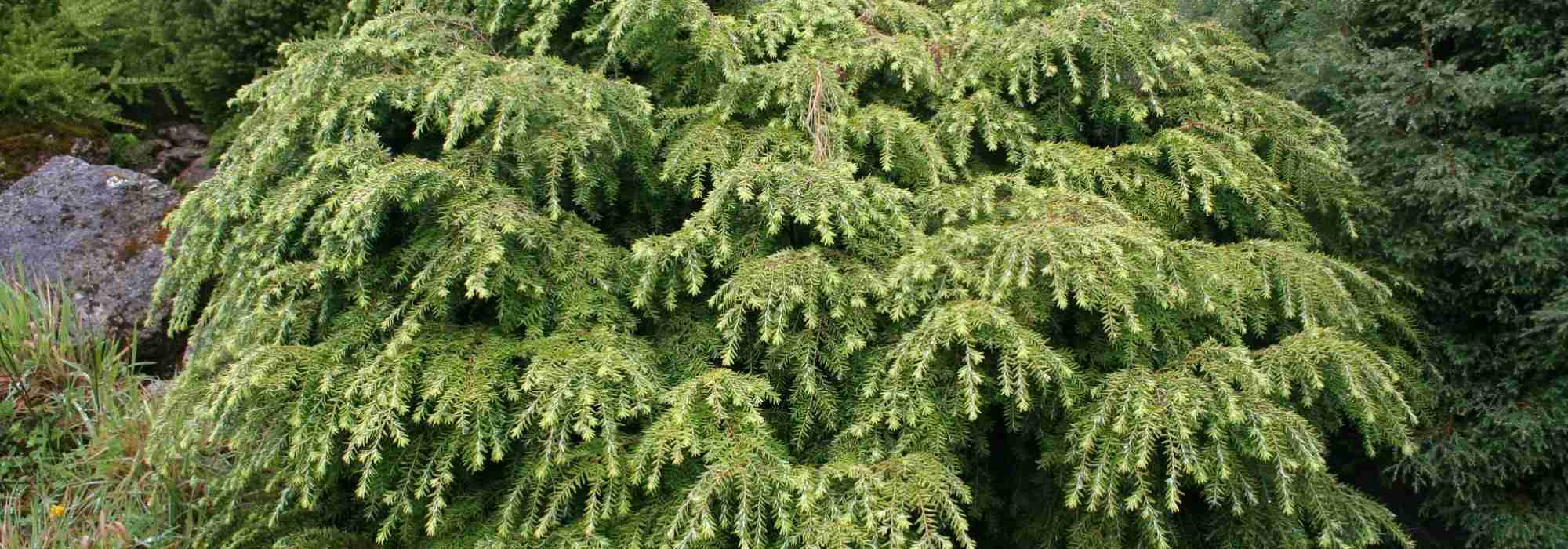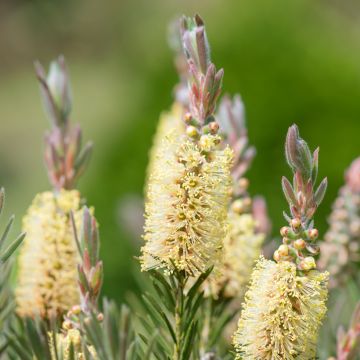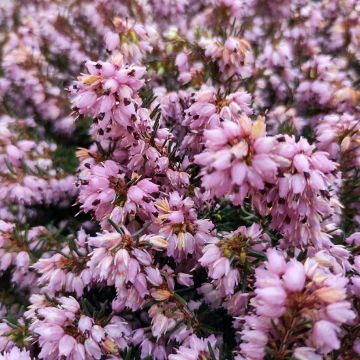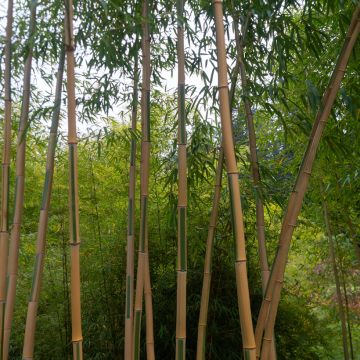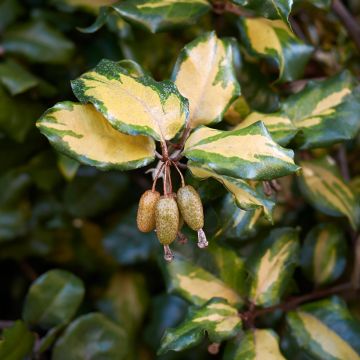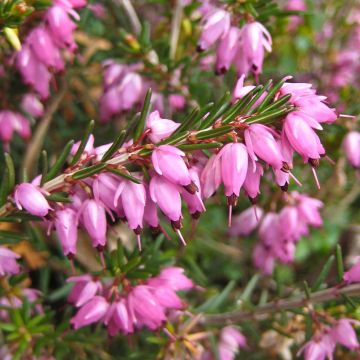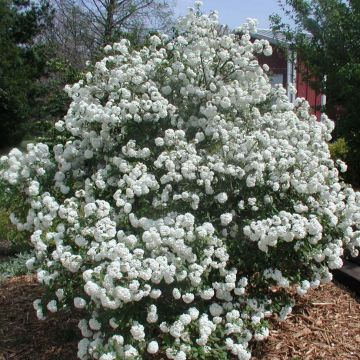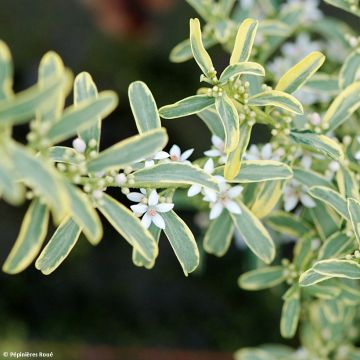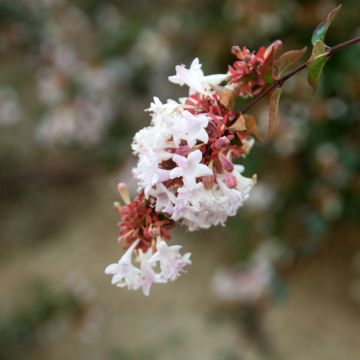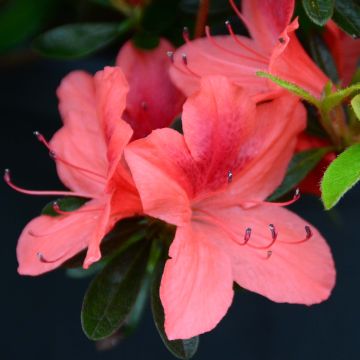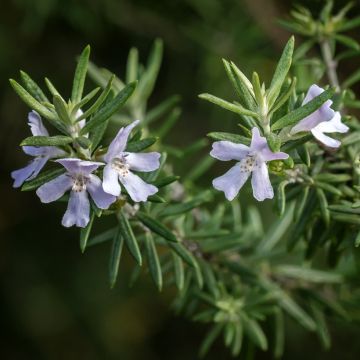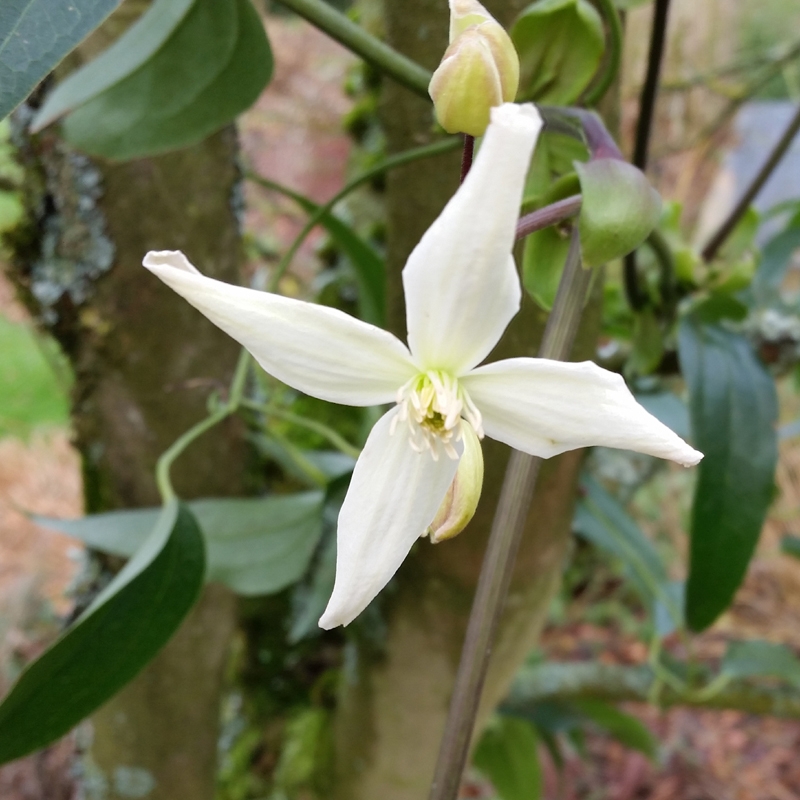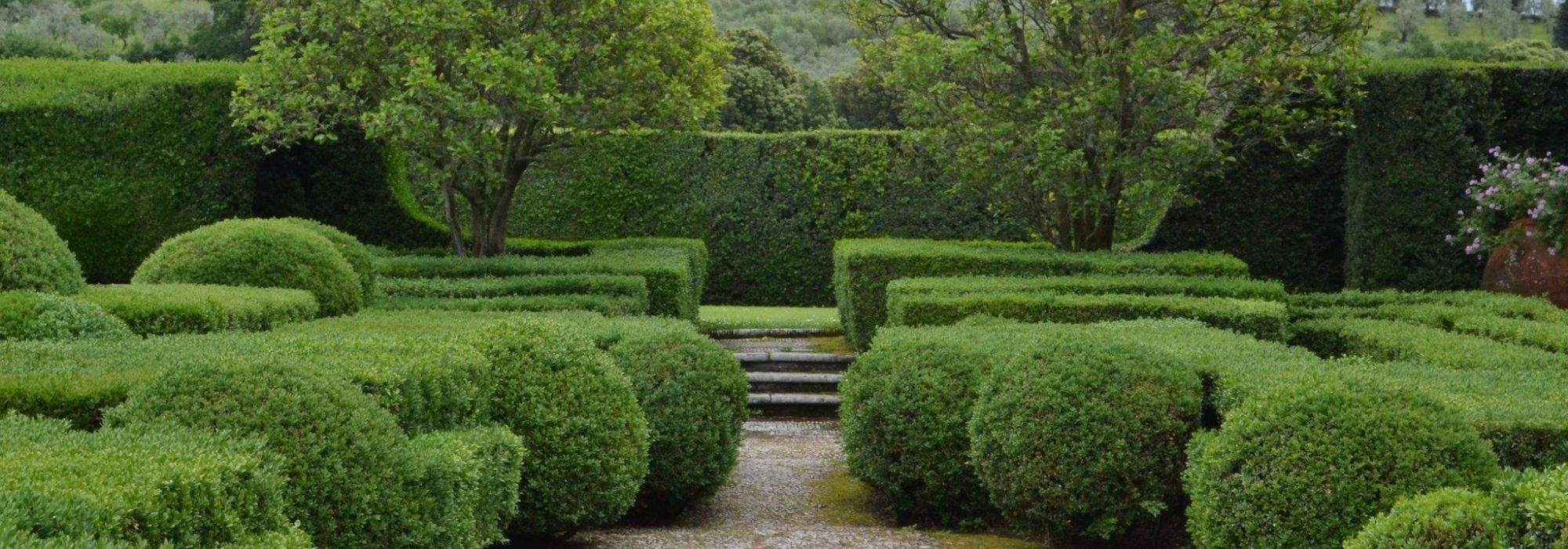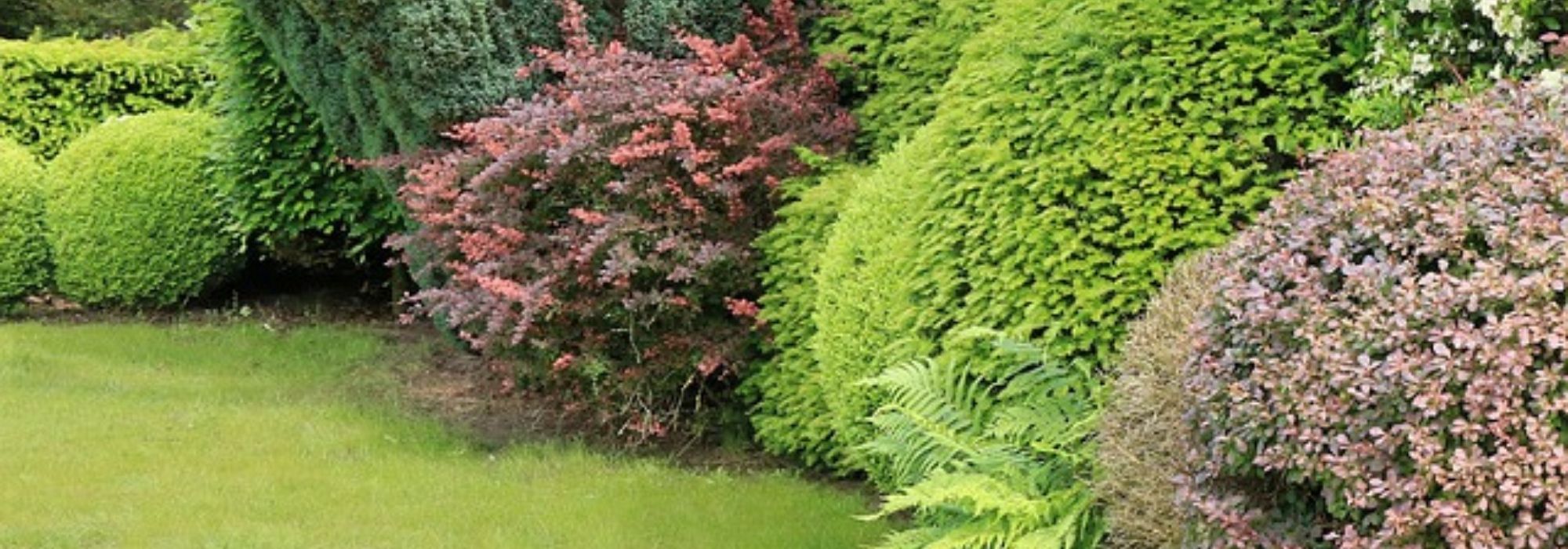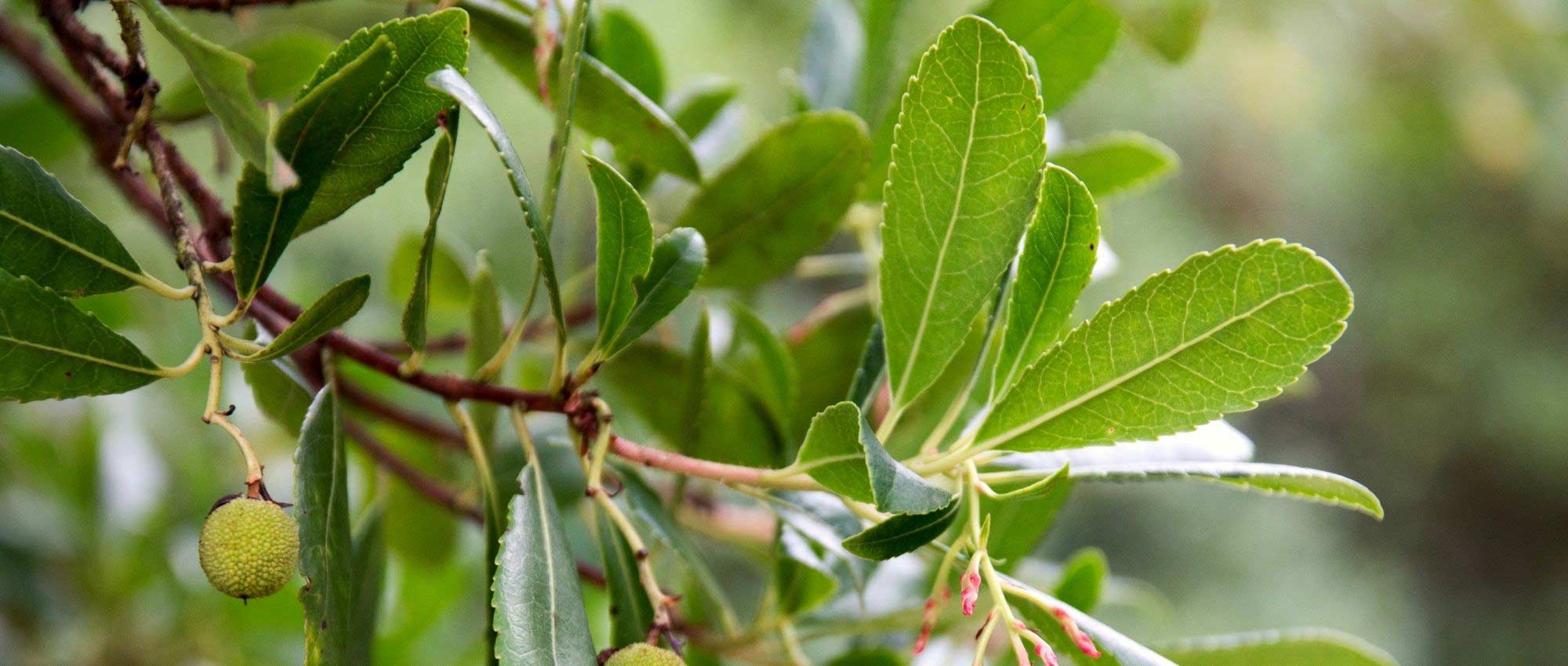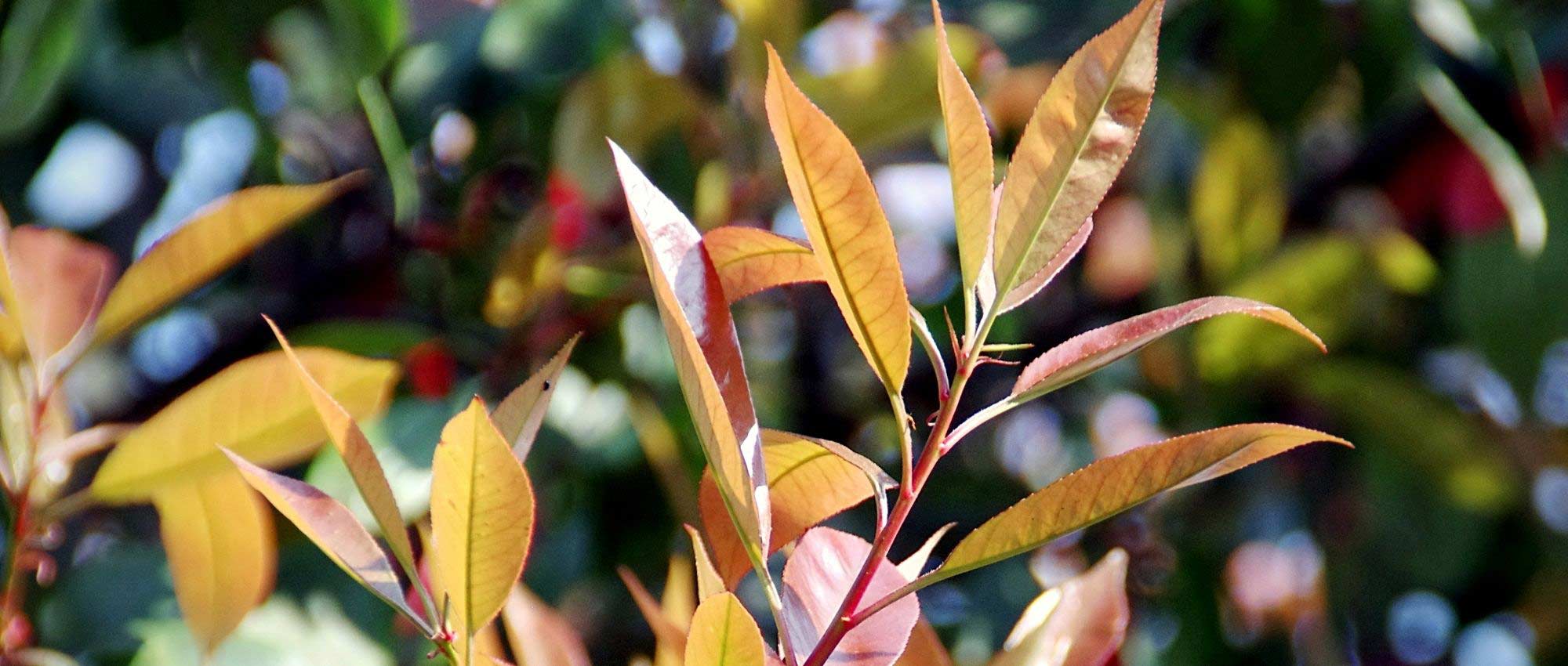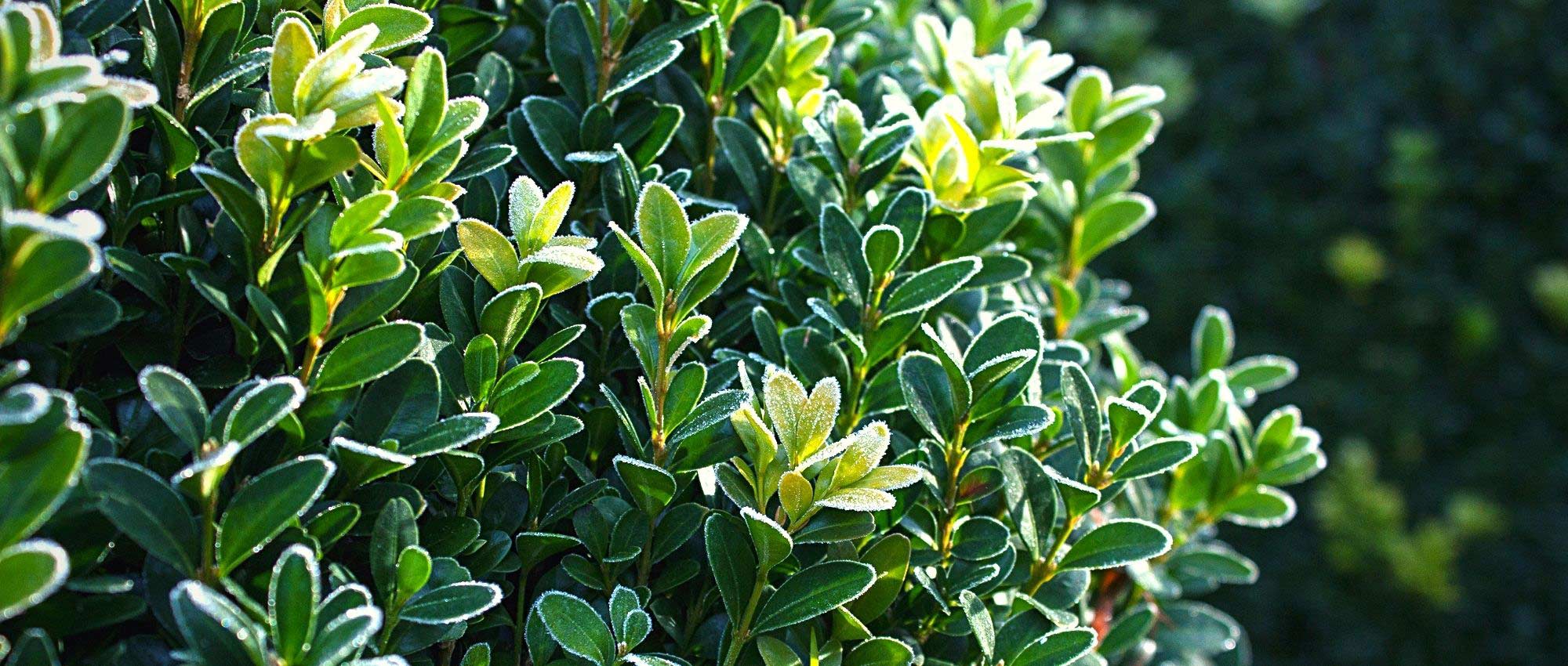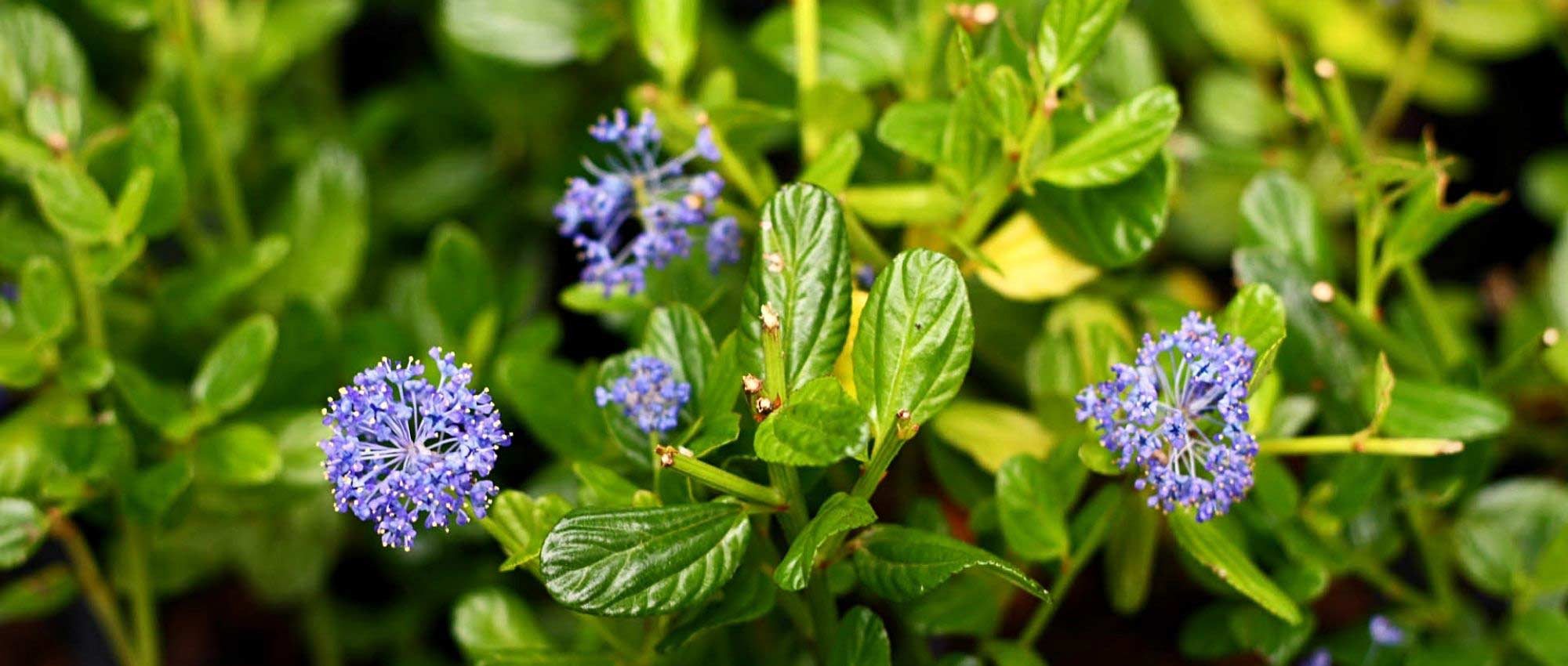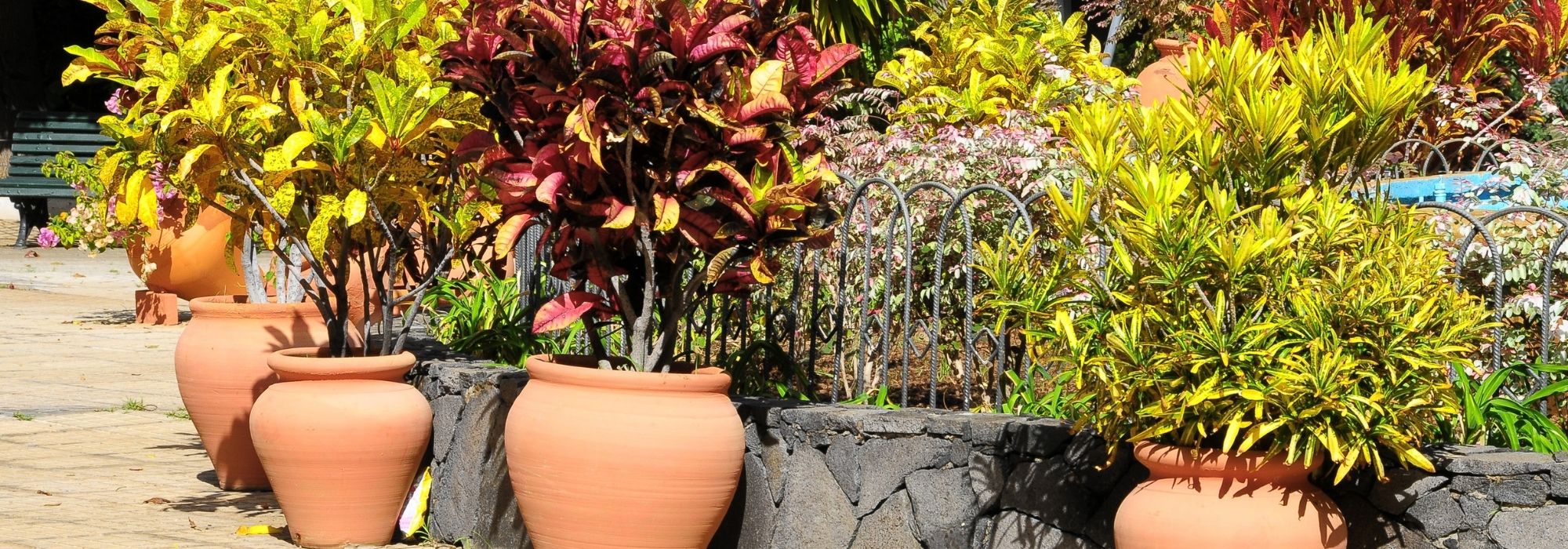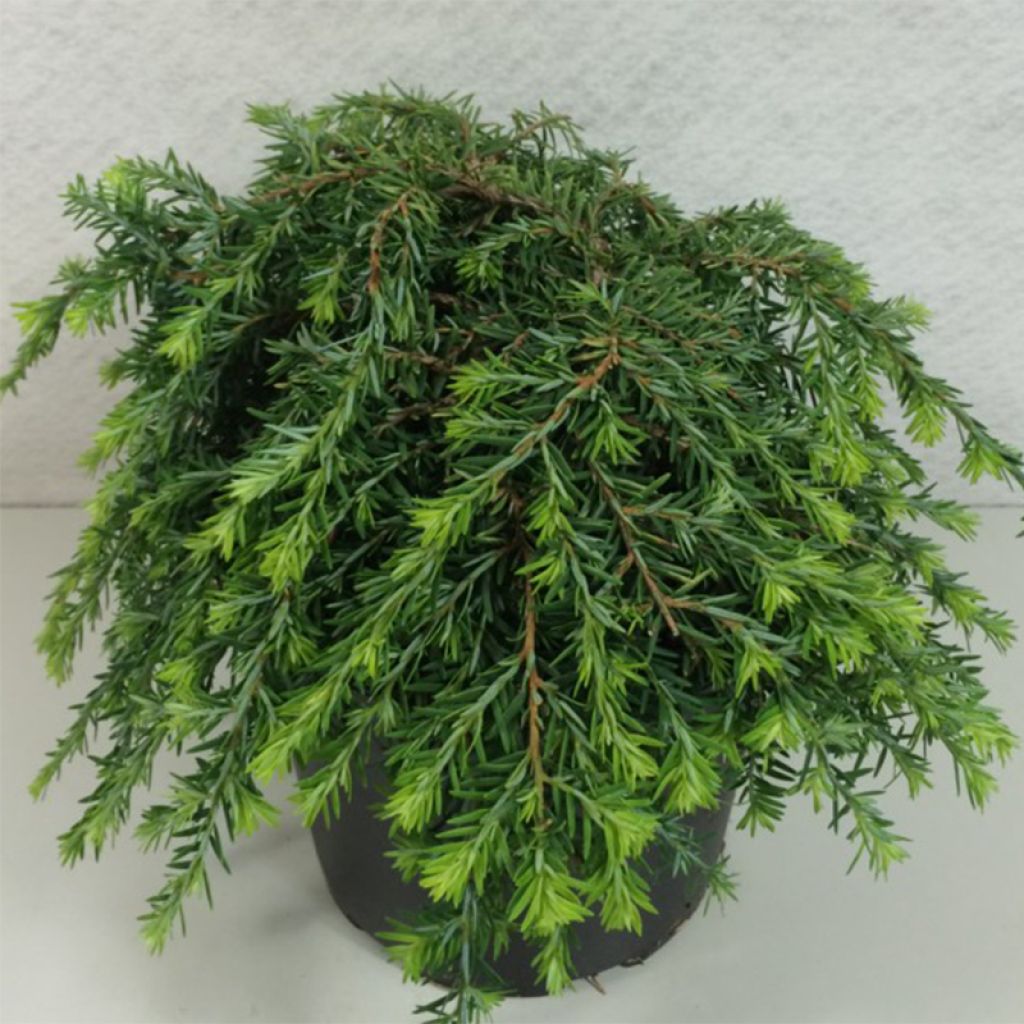

Tsuga canadensis Cole's Prostrate - Pruche du Canada
Tsuga canadensis Cole's Prostrate
Tsuga canadensis Cole's Prostrate
Eastern Hemlock, Canadian Hemlock, Eastern hemlock-spruce
Special offer!
Receive a €20 voucher for any order over €90 (excluding delivery costs, credit notes, and plastic-free options)!
1- Add your favorite plants to your cart.
2- Once you have reached €90, confirm your order (you can even choose the delivery date!).
3- As soon as your order is shipped, you will receive an email containing your voucher code, valid for 3 months (90 days).
Your voucher is unique and can only be used once, for any order with a minimum value of €20, excluding delivery costs.
Can be combined with other current offers, non-divisible and non-refundable.
Why not try an alternative variety in stock?
View all →This plant carries a 24 months recovery warranty
More information
We guarantee the quality of our plants for a full growing cycle, and will replace at our expense any plant that fails to recover under normal climatic and planting conditions.
Does this plant fit my garden?
Set up your Plantfit profile →
Description
Tsuga canadensis 'Cole's Prostrate' is a dwarf form of the Canadian Hemlock, with slow growth and a prostrate and creeping habit, which makes it an excellent ground cover for shaded areas. It spreads slowly, gradually exposing naked branches covered with a silvery white bark in the centre of the bush. They create a beautiful contrast with the glossy dark green needle-like foliage. This conifer is ideal to cover the base of a shaded slope, to grow between the stones of a rockery, or edging a low wall. It should be grown in shade or partial shade, in cool but well-drained, neutral to acidic soil.
Tsuga canadensis, also known as the Eastern Hemlock, is an evergreen conifer of the pine family, native to eastern Canada, where it often grows in mixed forests and maple groves, always in shade. This species slowly reaches a height of 30 m (98ft), with a diameter of 1 m (3ft), and can live up to 600 years. This very hardy conifer prefers fertile and moist soils, and cannot tolerate drought or direct sunlight. Its roots are shallow and spreading widely.
The variety 'Cole's Prostrate', derived from this species, is distinguished by its very small size, and its almost weeping and prostrate habit. Its growth is very slow, it does not exceed 30 cm (12in) in height and spreads to about 1 m. Its arching branches, starting from a very short trunk, gracefully droop and spread on the ground. They are covered with a silvery white bark that becomes naked towards the base over time. Its twigs are covered with flat and short needles, measuring 7 to 16 mm (1in), finely toothed, dark green on the upper side, with two white bands on the underside. They are arranged in 2 rows on the twigs. The bark peels off in scales from a young age.
Tsuga canadensis 'Cole's Prostrate' is suitable for all gardens, even the smallest ones, in shaded areas where few other plants can grow. In small spaces, it will look good as a stand-alone feature, and will elegantly animate a rockery or a flower bed. It pairs well with large stones and low walls. It can be planted in moist soils. It can also adorn the banks of a natural pond or a water feature, in a sheltered location. The true graphic qualities of this type of conifer make it highly suited to the design of contemporary gardens, that often rely more on shapes, silhouettes, and textures than on the dance of flowers. These plants with reassuring permanence structure pathways, border terraces, and can easily replace trimmed boxwood or holly. The key is to play with volumes and colours.
Tsuga canadensis Cole's Prostrate in pictures
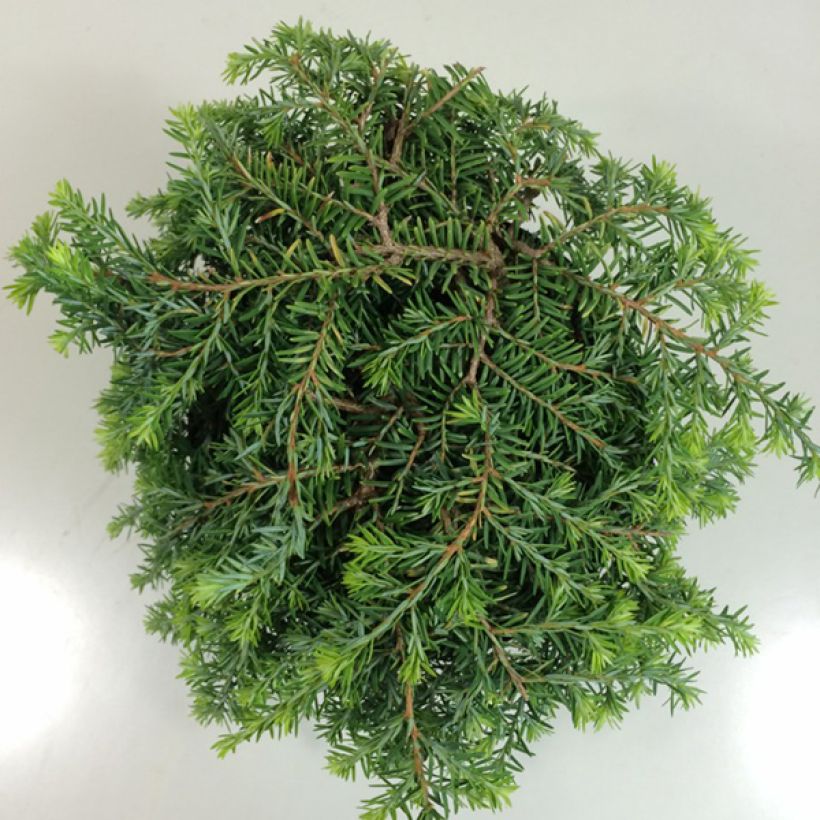

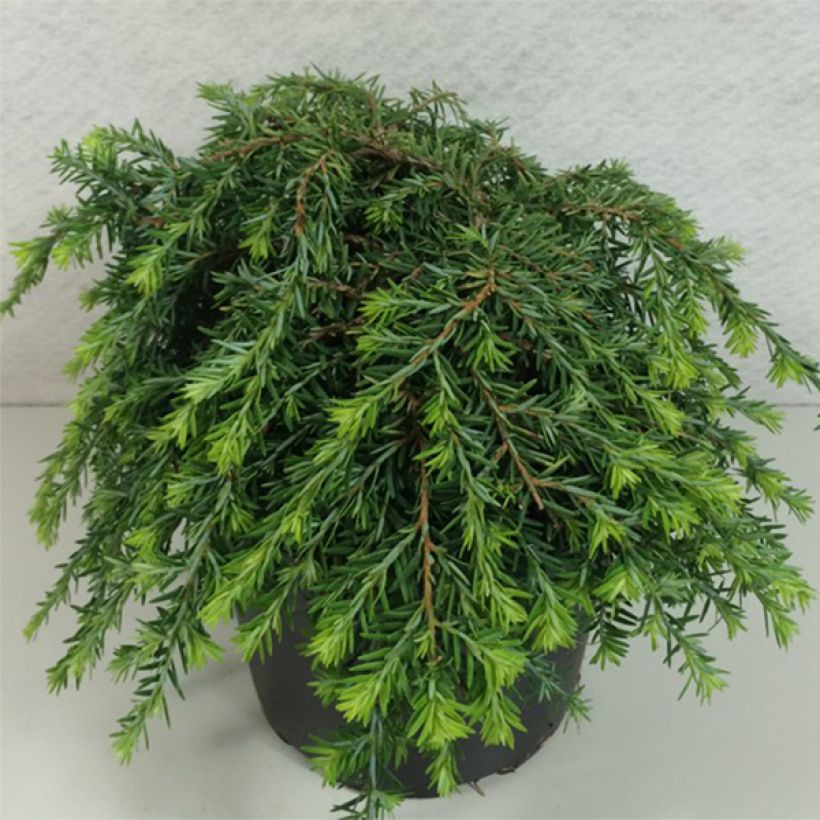

Plant habit
Foliage
Botanical data
Tsuga
canadensis
Cole's Prostrate
Pinaceae
Eastern Hemlock, Canadian Hemlock, Eastern hemlock-spruce
Cultivar or hybrid
Other Evergreen shrubs
View all →Planting and care
Tsuga canadensis 'Cole's Prostrate' can be planted from September to November and from February to June in ordinary, fertile soil that retains moisture, well-drained, neutral to slightly acidic. It prefers humus-rich, lime-poor soils. Choose a semi-shaded or densely shaded location. Soak the root ball well before planting. Add organic fertiliser at planting and water generously for the first three years, and in case of prolonged drought. Apply special conifer fertiliser every year in April and weed the soil in summer. This conifer is hardy, to -30 °C (1°F) at least but is sensitive to direct sunlight and dry, poor soils. Its naturally prostrate habit means that it does not require pruning.
Planting period
Intended location
Care
Planting & care advice
This item has not been reviewed yet - be the first to leave a review about it.
Haven't found what you were looking for?
Hardiness is the lowest winter temperature a plant can endure without suffering serious damage or even dying. However, hardiness is affected by location (a sheltered area, such as a patio), protection (winter cover) and soil type (hardiness is improved by well-drained soil).

Photo Sharing Terms & Conditions
In order to encourage gardeners to interact and share their experiences, Promesse de fleurs offers various media enabling content to be uploaded onto its Site - in particular via the ‘Photo sharing’ module.
The User agrees to refrain from:
- Posting any content that is illegal, prejudicial, insulting, racist, inciteful to hatred, revisionist, contrary to public decency, that infringes on privacy or on the privacy rights of third parties, in particular the publicity rights of persons and goods, intellectual property rights, or the right to privacy.
- Submitting content on behalf of a third party;
- Impersonate the identity of a third party and/or publish any personal information about a third party;
In general, the User undertakes to refrain from any unethical behaviour.
All Content (in particular text, comments, files, images, photos, videos, creative works, etc.), which may be subject to property or intellectual property rights, image or other private rights, shall remain the property of the User, subject to the limited rights granted by the terms of the licence granted by Promesse de fleurs as stated below. Users are at liberty to publish or not to publish such Content on the Site, notably via the ‘Photo Sharing’ facility, and accept that this Content shall be made public and freely accessible, notably on the Internet.
Users further acknowledge, undertake to have ,and guarantee that they hold all necessary rights and permissions to publish such material on the Site, in particular with regard to the legislation in force pertaining to any privacy, property, intellectual property, image, or contractual rights, or rights of any other nature. By publishing such Content on the Site, Users acknowledge accepting full liability as publishers of the Content within the meaning of the law, and grant Promesse de fleurs, free of charge, an inclusive, worldwide licence for the said Content for the entire duration of its publication, including all reproduction, representation, up/downloading, displaying, performing, transmission, and storage rights.
Users also grant permission for their name to be linked to the Content and accept that this link may not always be made available.
By engaging in posting material, Users consent to their Content becoming automatically accessible on the Internet, in particular on other sites and/or blogs and/or web pages of the Promesse de fleurs site, including in particular social pages and the Promesse de fleurs catalogue.
Users may secure the removal of entrusted content free of charge by issuing a simple request via our contact form.
The flowering period indicated on our website applies to countries and regions located in USDA zone 8 (France, the United Kingdom, Ireland, the Netherlands, etc.)
It will vary according to where you live:
- In zones 9 to 10 (Italy, Spain, Greece, etc.), flowering will occur about 2 to 4 weeks earlier.
- In zones 6 to 7 (Germany, Poland, Slovenia, and lower mountainous regions), flowering will be delayed by 2 to 3 weeks.
- In zone 5 (Central Europe, Scandinavia), blooming will be delayed by 3 to 5 weeks.
In temperate climates, pruning of spring-flowering shrubs (forsythia, spireas, etc.) should be done just after flowering.
Pruning of summer-flowering shrubs (Indian Lilac, Perovskia, etc.) can be done in winter or spring.
In cold regions as well as with frost-sensitive plants, avoid pruning too early when severe frosts may still occur.
The planting period indicated on our website applies to countries and regions located in USDA zone 8 (France, United Kingdom, Ireland, Netherlands).
It will vary according to where you live:
- In Mediterranean zones (Marseille, Madrid, Milan, etc.), autumn and winter are the best planting periods.
- In continental zones (Strasbourg, Munich, Vienna, etc.), delay planting by 2 to 3 weeks in spring and bring it forward by 2 to 4 weeks in autumn.
- In mountainous regions (the Alps, Pyrenees, Carpathians, etc.), it is best to plant in late spring (May-June) or late summer (August-September).
The harvesting period indicated on our website applies to countries and regions in USDA zone 8 (France, England, Ireland, the Netherlands).
In colder areas (Scandinavia, Poland, Austria...) fruit and vegetable harvests are likely to be delayed by 3-4 weeks.
In warmer areas (Italy, Spain, Greece, etc.), harvesting will probably take place earlier, depending on weather conditions.
The sowing periods indicated on our website apply to countries and regions within USDA Zone 8 (France, UK, Ireland, Netherlands).
In colder areas (Scandinavia, Poland, Austria...), delay any outdoor sowing by 3-4 weeks, or sow under glass.
In warmer climes (Italy, Spain, Greece, etc.), bring outdoor sowing forward by a few weeks.






























